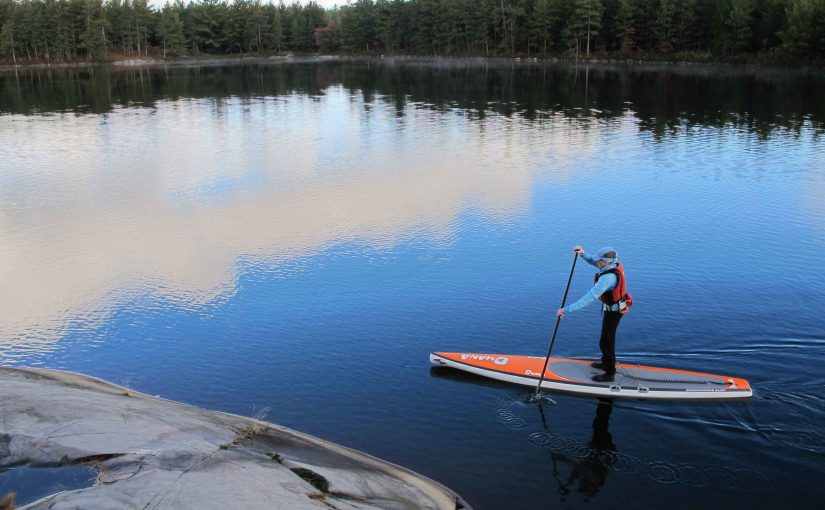Today’s post comes from keen paddler and photographer, Grant Sutherland.
Any excuse to get back to Killarney Provincial Park is a good excuse. So when my wife Heather and I took an interest in stand-up paddleboarding, we thought it was a perfect opportunity to try something new.
Backcountry tripping with paddleboards? Sounds like a great adventure!
We started by trying to imagine all the logistical issues, from how fast could we travel, to how we would carry our gear, to how we would portage. Rate of travel was the easiest to deal with as we just planned for a slow rate of travel and planned our trip with easily obtainable distances. We have lots of experience paddling canoes in the backcountry, so we applied that to our outfitting plans.
After a night spent at George Lake campground, we launched from the Bell Lake access point and planned overnight stops in Three Mile Lake, David Lake, and Clearsilver Lake.
As it turns out; you can make good progress (comparable to a leisurely canoe paddle), so we had plenty of time for morning coffee, exploring during the day, and relaxing in the evenings. It made for a very enjoyable mini-vacation.
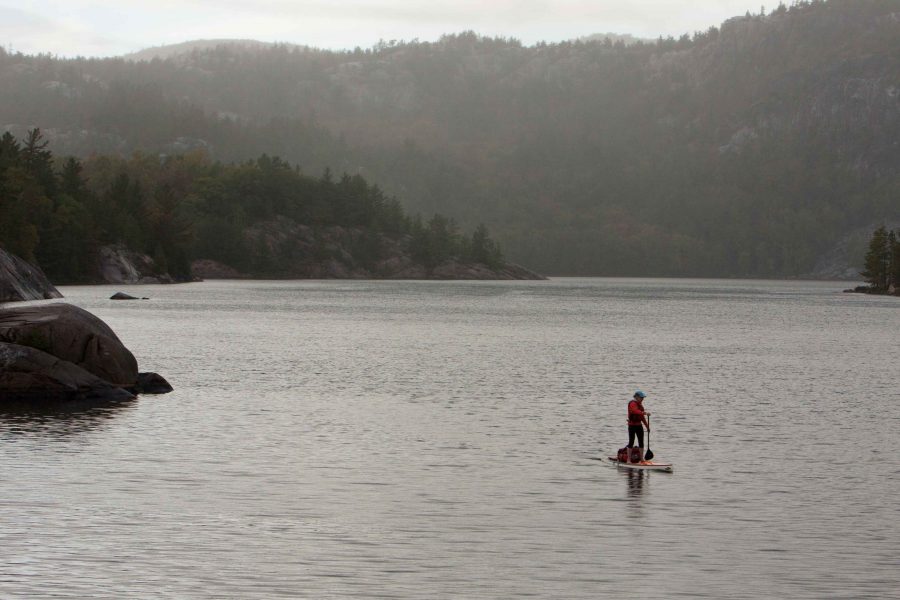
There is, of course, the wind. No issue on day one and most of day 2, but when we reached David Lake we were facing directly into a gale force wind with large choppy waves.

We planned for this possibility by bringing along collapsible kayak paddles. Heather sat on her board and I knelt on mine, and away we went. A little damp, but we used the headlands for shelter when we could, and made it to our site safely.
Gear was the next challenge. We attached “D” loops to the boards with contact cement, selected some waterproof duffel bags complete with pack straps, and with a few bungee cords the problem was solved.
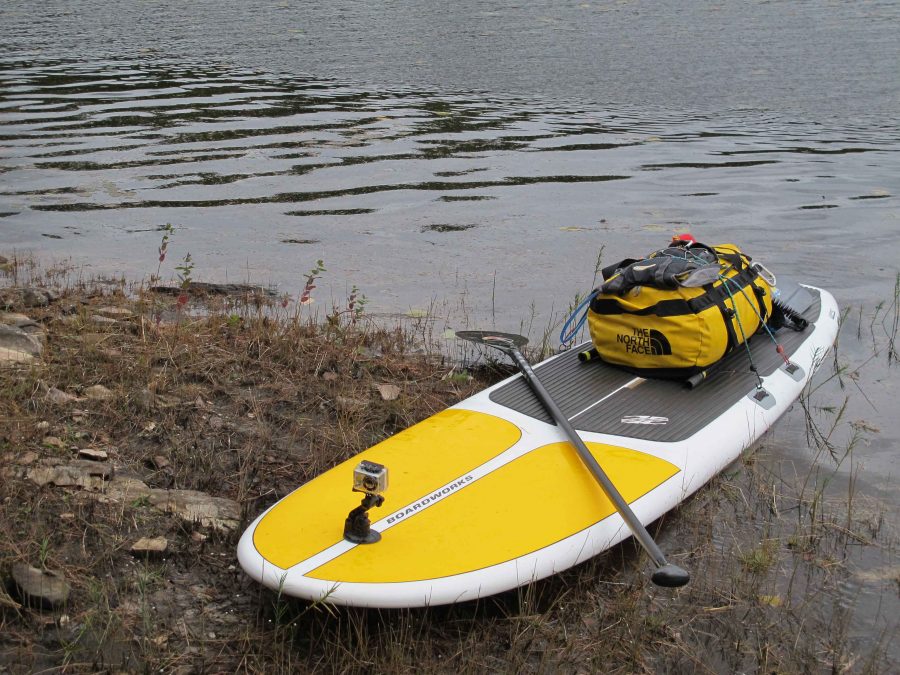
Dry gear, stable load, comfortable seat on the board if you pack right, and convenient to portage. We packed light (as if we were backpacking) to keep the load small.
The boards themselves are another story. They are extremely light, but awkward to carry over rough terrain and long distances. Heather rigged up some harnesses from webbing so we could carry the boards like a suitcase but with the weight carried on our opposite shoulder. It worked, but will need some design refinements if we try this again.
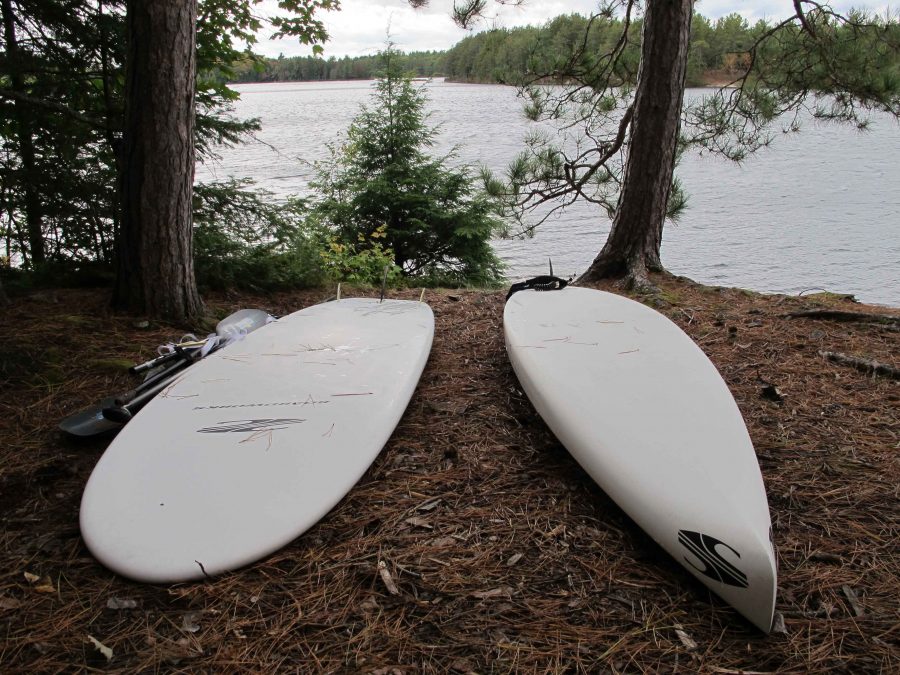
Next up was launching and landing. Wilderness areas don’t provide convenient docks, and paddleboards can be fragile due to their lightweight construction, so be prepared to get your feet wet to protect your board. We travelled in September, so wore neoprene boots, but in summer you could get away with bare feet, sandals, water shoes, or any old shoes.
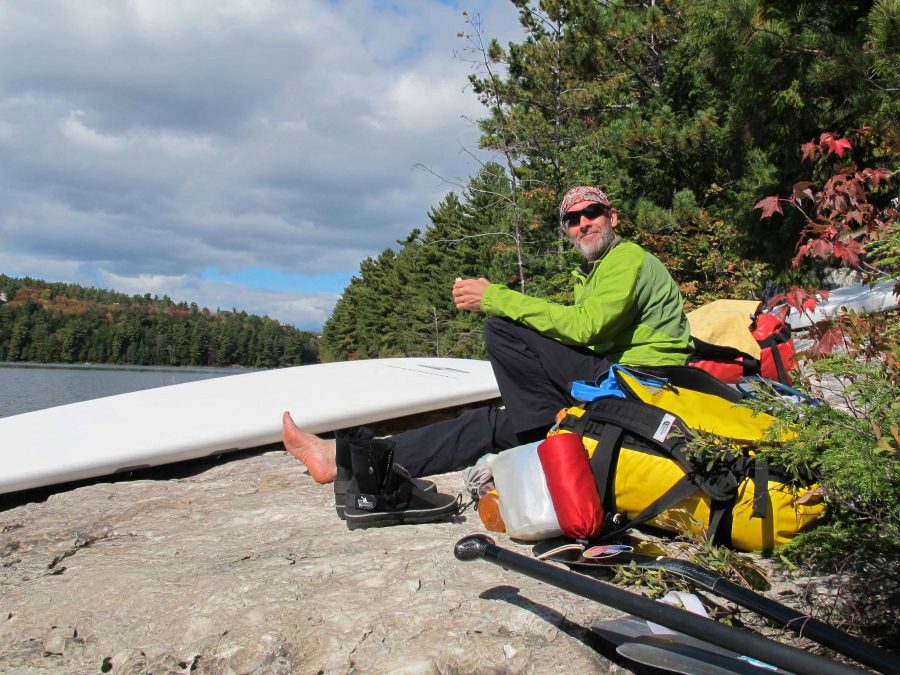
It also became apparent that the skegs could be an issue. They tend to snag on rocks or weeds if you are not paying attention. A board that stops suddenly when you are standing up will result in a wet landing. That’s another reason for fair weather tripping.
Next time I would remove the side skegs from my board, and if you have a shallow draft skeg, I suggest you use it. We found that beaches, although rare, are a good place to slide up with the board so you can walk right off the front end staying dry the whole time.
Other lessons learned are that all-purpose boards are more suitable than racing style boards as the extra stability enables the mind to wander with less risk of swimming.
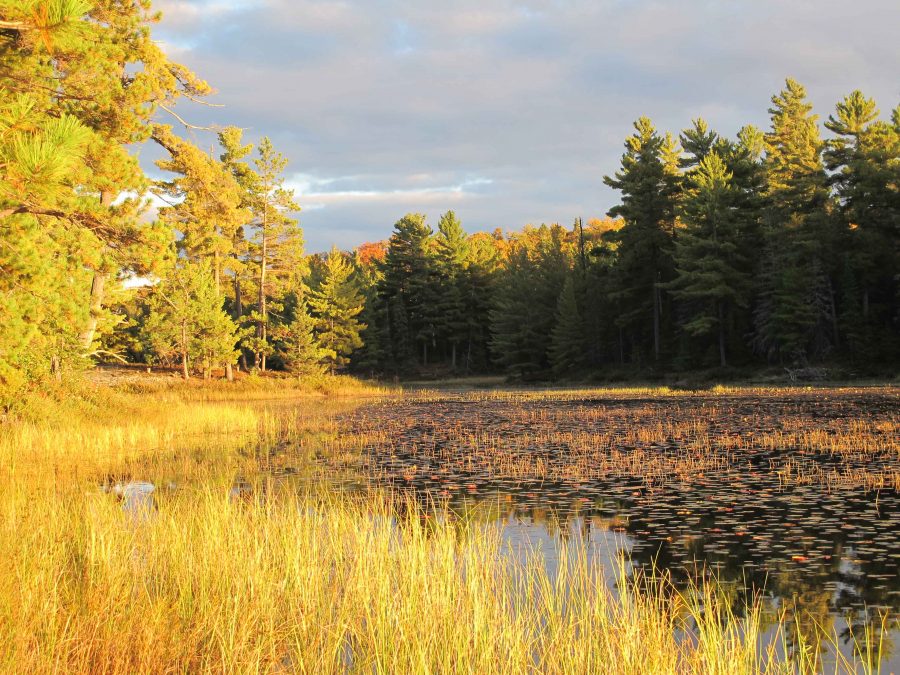
Other than that, we had no major issues and we would recommend giving SUP tripping a try. After all, if it slows you down, you have more time to enjoy Killarney.
